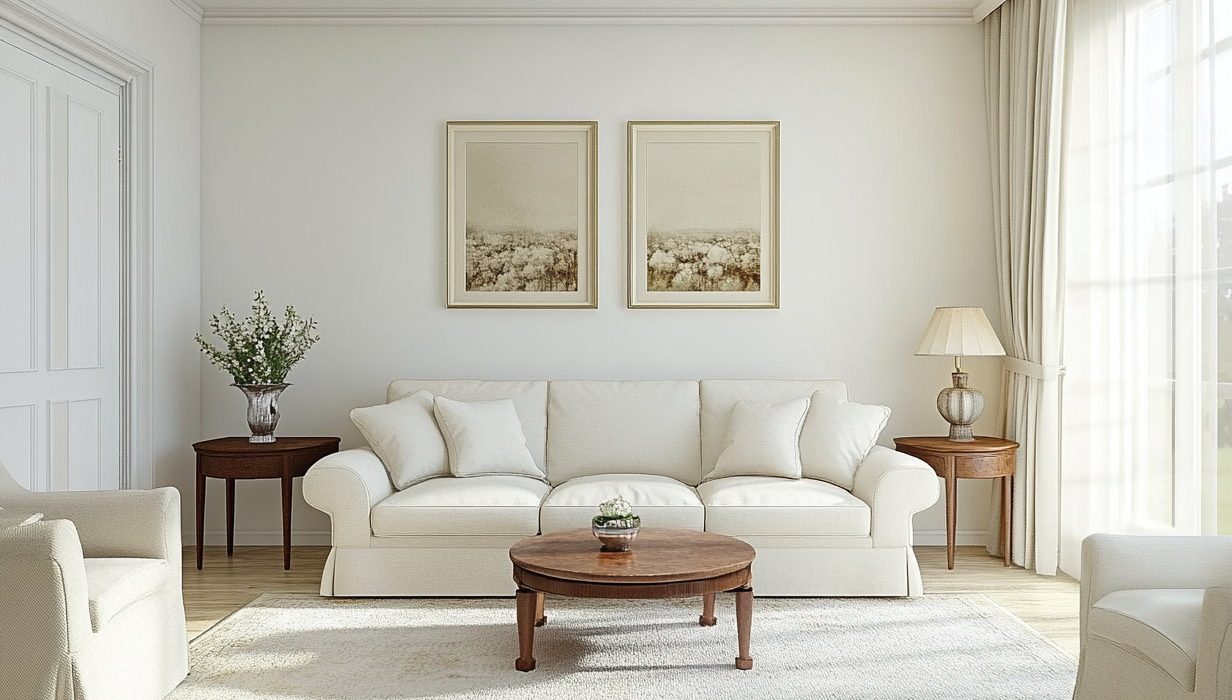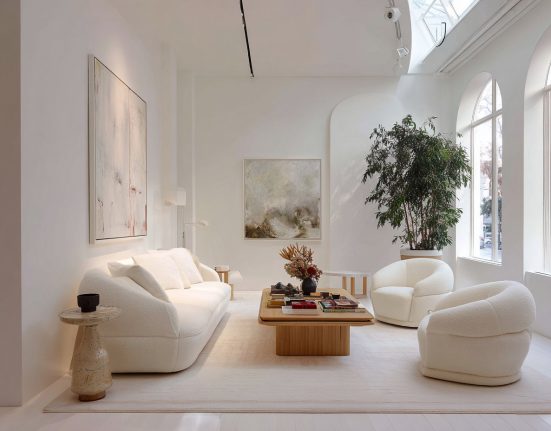Old-world charm meets smart living: Interior decor and design experts reveal the secret sauce to renovating heritage homes, suggest renovation tips.
Renovating an older home is a unique opportunity to celebrate its timeless charm while making it livable for today’s lifestyle. Vatsal Vazir, head of design at CCI Projects Pvt Ltd, shared, “Whether it’s a heritage bungalow or a mid-century apartment, the key lies in striking the right balance, respecting original details while introducing modern functionality.”
Here’s what he shared:
1. Illuminate with intention
Lighting is one of the most powerful tools in modernising a home without losing its character. Opt for lighting fixtures that nod to the era of the home—like vintage-style pendants or reimagined chandeliers—but incorporate them in updated finishes or forms. For a clean contrast, discreet recessed lighting can enhance functionality while letting period details shine.
2. Blend old and new furniture
A curated mix of vintage and modern furnishings brings depth and personality to a space. Think: a sleek contemporary sofa paired with an heirloom wooden coffee table. Modern pieces can offer the ease and comfort of today’s living, while antique or vintage finds lend authenticity and warmth.
3. Upgrade with purpose
Modernising doesn’t mean starting from scratch. Instead, refresh thoughtfully—perhaps by replacing worn cabinetry with traditional profiles in updated finishes, or swapping old knobs for minimalist hardware. Smart home features like automated lighting or climate control can be seamlessly integrated, preserving the aesthetic while adding modern-day convenience.
Bringing his expertise to the same, Sandeep Jain, director at Arkade Developers Limited, said, “Combining heritage with lifestyle is art. Refurbishment must pay homage to the original essence of a house without sacrificing the comforts of the present.”
4. Honour the original architecture
Before making any changes, take the time to learn about the home’s architectural style. Identify the most prominent features, including moldings, floor patterns, or irregularly shaped windows. Incorporating these features into your renovation plan ensures that additions look like a natural extension and not a jarring contrast.
5. Choose the right colours
Neutral colours can act as a transition between the old and the new. Beige, cream, pale grey, or pastels blend with vintage pieces while leaving room for contemporary accents. When painting, accentuate architectural details using slightly darker or lighter tones to add character without dominating the space.
6. Use timeless materials
Natural materials like wood and stone go well with traditional architectural designs. Rather than choosing ultra-contemporary finishes, select materials that have a timelessness about them.







